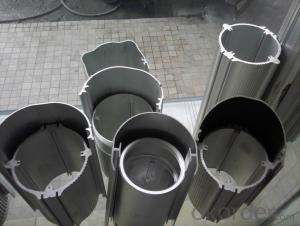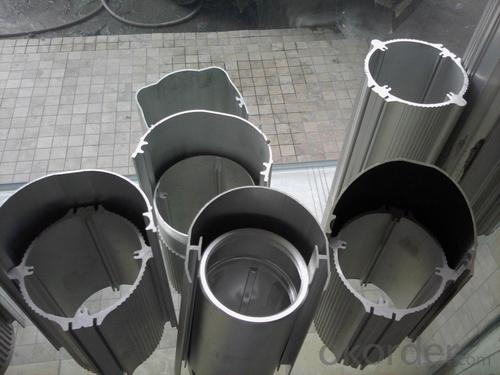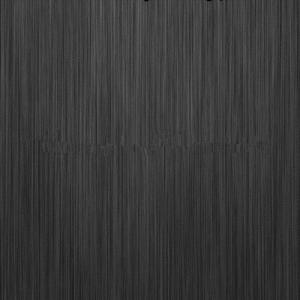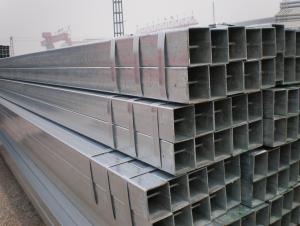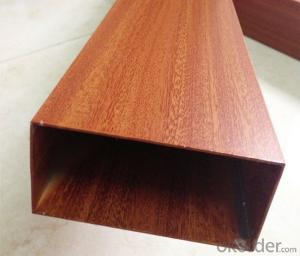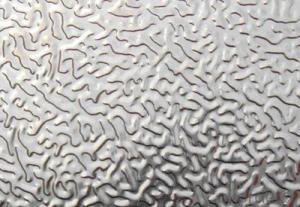Aluminum Sheets in Michigan - Aluminium Profile Industrial for Doors and Windows
- Loading Port:
- Shanghai
- Payment Terms:
- TT OR LC
- Min Order Qty:
- 20 m.t.
- Supply Capability:
- 2000 m.t./month
OKorder Service Pledge
OKorder Financial Service
You Might Also Like
1.Structure of Aluminium profile Industrial for Doors and Windows Description:
Anodizing (also spelled anodising, particularly in the UK and Australia) is an electrolytic passivation process used to increase the thickness of the natural oxide layer on the surface of metal parts. Anodized aluminium surfaces, for example, are harder than aluminium but have low to moderate wear resistance that can be improved with increasing thickness or by applying suitable sealing substances.
2.Main Features of the Aluminium profile Industrial for Doors and Windows:
High corrosion-resistance;
weather-resistance;
heat-resistance;
alkali-resistance and impact-resistance properties.
3.Aluminium profile Industrial for Doors and Windows Images:
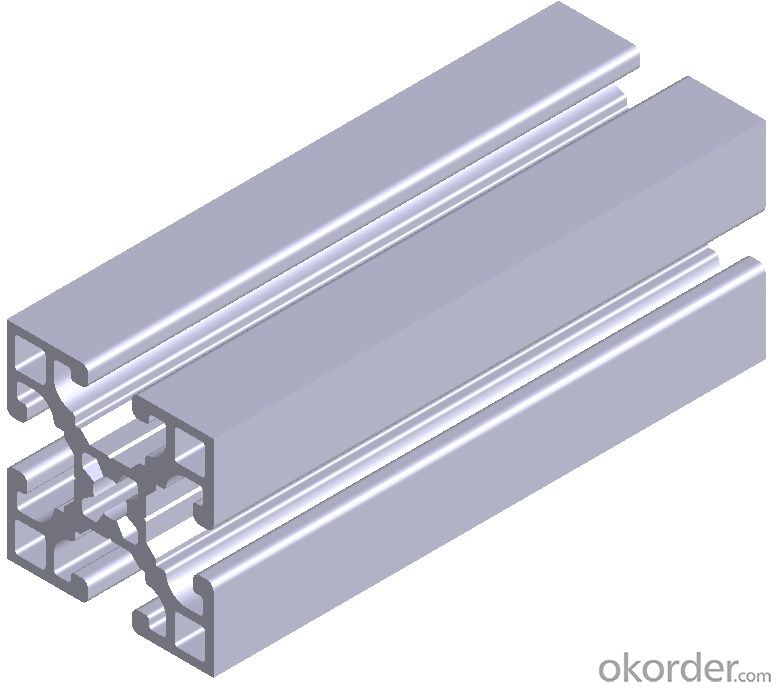
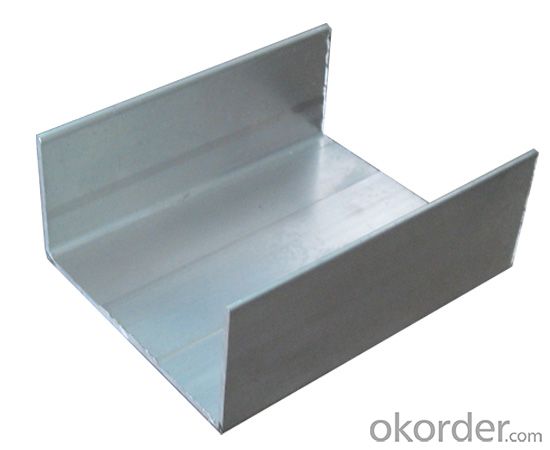
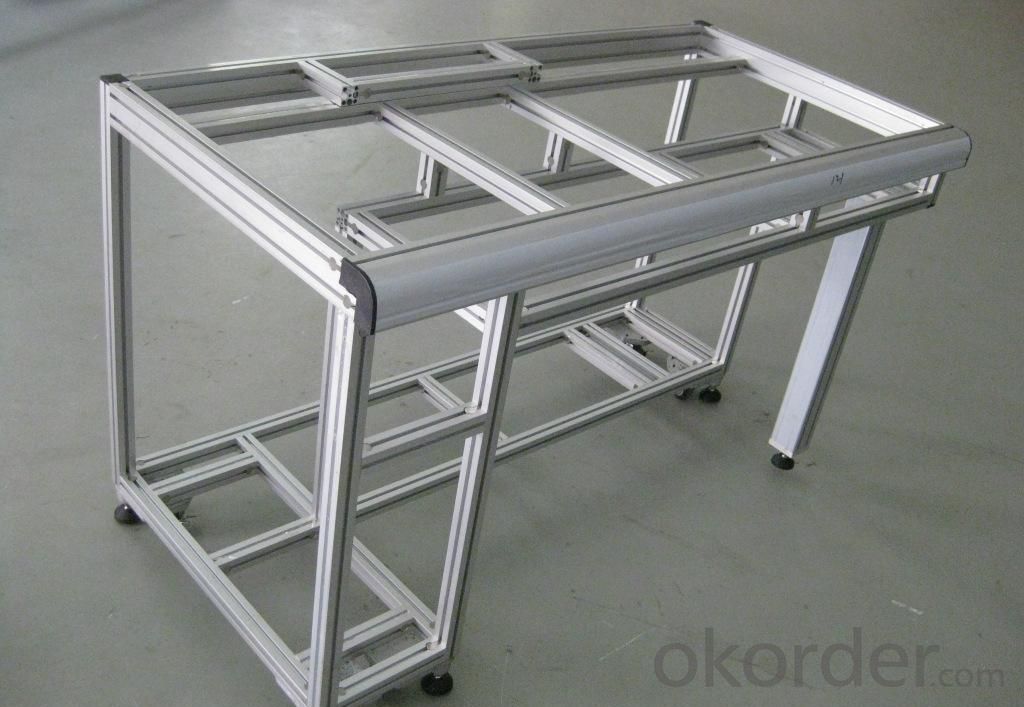
4.Aluminium profile Industrial for Doors and Windows Specification:
1. Material: 6063,6061,6060,6005,6005A,etc.
2. Temper: T5 or T6
3. Finish: Mill finish, anodizing, powder coating, electrophoresis, wooden transfer or pvdf/carbon-flouride coated, polishing, brushing, sand blasting
4. Various colors: Silver, bronze, black, gold, blue, grey, champagne, bright, etc.
5. Machining: Cutting, punching, drilling, tapping, milling, bending, welding, CNC etc.
5.FAQ:
①How about your company?
A world class manufacturer & supplier of castings forging in carbon steel and alloy steel,is one of the large-scale professional investment casting production bases in China, consisting of both casting foundry forging and machining factory. Annually more than 8000 tons Precision casting and forging parts are exported to markets in Europe, America and Japan. OEM casting and forging service available according to customer’s requirements.
②How to guarantee the quality of the products?
We have established the international advanced quality management system,every link from raw material to final product we have strict quality test;We resolutely put an end to unqualified products flowing into the market. At the same time, we will provide necessary follow-up service assurance.
- Q: Are aluminum sheets suitable for marine vessel construction?
- Yes, aluminum sheets are suitable for marine vessel construction. Aluminum is lightweight, strong, and resistant to corrosion, making it an ideal material for building boats and ships. It also offers good thermal conductivity and is easily weldable, making it a popular choice in the marine industry.
- Q: If one were to hit someone with a baseball bat, would it cause more pain to use a wooden bat or an aluminum one? Just wondering.
- They both hurt a lot! Wooden ones are heavier and have more density, while aluminum ones are lighter, but they can swing a lot faster. So really, they both have their things about them that make them very painful. I wouldn't recommend getting smacked with ANY baseball bat - they HURT!!!
- Q: Can aluminum sheets be laminated?
- Yes, aluminum sheets can be laminated. Lamination involves bonding a layer of material, such as plastic or paper, to the surface of the aluminum sheet to provide protection, enhance aesthetics, or improve functionality.
- Q: What are the different types of aluminum sheets available in the market?
- There are several different types of aluminum sheets available in the market, each with its own unique characteristics and applications. Some of the most common types include: 1. Plain Aluminum Sheet: This is the most basic and widely used type of aluminum sheet. It is known for its excellent corrosion resistance and high strength-to-weight ratio. Plain aluminum sheets are commonly used in construction, automobile manufacturing, and aerospace industries. 2. Painted Aluminum Sheet: These sheets are coated with a layer of paint to enhance their aesthetic appeal and protect the underlying aluminum from environmental elements. Painted aluminum sheets are commonly used in architectural applications, signage, and decorative purposes. 3. Perforated Aluminum Sheet: This type of aluminum sheet features perforations or holes throughout its surface. It is often used in architectural projects, industrial filtration systems, and ventilation applications. 4. Embossed Aluminum Sheet: These sheets have a textured or patterned surface, created by embossing or rolling the aluminum. Embossed aluminum sheets are frequently used for decorative purposes, such as interior design, signage, and packaging. 5. Anodized Aluminum Sheet: Anodizing is an electrochemical process that forms a protective oxide layer on the surface of the aluminum. Anodized aluminum sheets are highly resistant to corrosion and abrasion, making them suitable for outdoor applications, such as building facades and automotive parts. 6. Tread/Diamond Plate Aluminum Sheet: This type of aluminum sheet features raised diamond or tread patterns on its surface, providing enhanced grip and traction. Tread/diamond plate aluminum sheets are commonly used in transportation, flooring, and staircases. Additionally, aluminum sheets are available in various thicknesses, sizes, and alloys, such as 3003, 5052, and 6061. The specific type of aluminum sheet required depends on the intended use and specific requirements of the project.
- Q: which has greater density 5 kg of lead or 10 kg of aluminum
- more mass is 10kg of aluminum, grams is the unit for mass, more mass more grams, density depends on its volume and mass, which you havent provided its volume
- Q: What are the disadvantages of using aluminum sheets?
- There are several disadvantages associated with using aluminum sheets. Firstly, aluminum is a relatively soft metal compared to other materials such as steel. This makes it more prone to denting and scratching, which can affect the overall appearance and structural integrity of the sheet. Secondly, aluminum is a highly reactive metal, especially in the presence of certain chemicals or harsh environments. It can easily corrode, leading to the formation of a white powdery substance called aluminum oxide. This corrosion can weaken the sheet and compromise its durability. Moreover, aluminum sheets are not as strong as steel sheets, which makes them less suitable for applications that require high strength and stiffness. In situations where heavy loads or extreme conditions are involved, aluminum sheets may not be able to provide the necessary structural support. Another drawback of aluminum sheets is their relatively high cost compared to other materials. The production process of aluminum involves several energy-intensive steps, making it more expensive to manufacture. This cost can be a limiting factor for projects with budget constraints. Additionally, aluminum sheets have poor thermal and electrical conductivity compared to other metals such as copper. This can be a disadvantage in applications where efficient heat transfer or electrical conductivity is required. Lastly, aluminum sheets have a lower melting point compared to steel, which limits their use in high-temperature applications. Exposing aluminum sheets to high temperatures can cause them to become weak or deform, compromising their structural integrity. Overall, while aluminum sheets have many advantages such as lightweight, corrosion resistance, and versatility, they also have several disadvantages that need to be considered depending on the specific application.
- Q: Can aluminum sheets be textured for grip?
- Indeed, grip can be achieved through texturing aluminum sheets. Numerous techniques exist to impart texture onto aluminum sheets, including embossing, etching, and the application of a non-slip coating. By undergoing these processes, patterns, grooves, or raised bumps can be added to the sheet's surface, heightening its grip and rendering it suitable for situations where slip resistance holds significance. The textured surface amplifies the friction between the sheet and any object it comes into contact with, thereby delivering a secure grip, even in damp or slippery circumstances.
- Q: Can aluminum sheet be used for reflective surfaces?
- Yes, aluminum sheet can be used for reflective surfaces. Aluminum is known for its high reflectivity, making it a popular choice for various applications that require reflective surfaces. Aluminum sheets can be polished to a high shine, allowing them to reflect light and create a mirrored effect. This makes them ideal for uses such as reflectors in lighting fixtures, solar panels, mirrors, and decorative purposes. Additionally, aluminum's reflective properties make it suitable for applications where heat reflection is required, such as in thermal insulation or roofing materials. Overall, aluminum sheets are a versatile and effective option for creating reflective surfaces.
- Q: Can aluminum sheets be used in electrical applications?
- Yes, aluminum sheets can be used in electrical applications. Aluminum is a good conductor of electricity, and it is commonly used in various electrical components and applications. Aluminum sheets are often used as conductive materials in power transmission lines, bus bars, and electrical enclosures. They are also utilized in the manufacturing of capacitors, transformers, and heat sinks due to their excellent thermal conductivity properties. Additionally, aluminum sheets are lightweight and corrosion-resistant, making them suitable for electrical applications where weight and durability are important factors.
- Q: This question asks about the various types of aluminum foil used specifically for the purpose of food packaging.
- <p>Aluminum foil used for food packaging comes in several types, each with specific applications: 1. Heavy-duty foil: Strong and durable, used for roasting meats and baking. 2. Light-duty foil: Thinner and more flexible, ideal for lining baking sheets and wrapping foods. 3. Reynolds Wrap: A brand known for its non-stick and heavy-duty aluminum foils, suitable for a wide range of cooking and baking needs. 4. Aluminum foil rolls: Available in various widths, used for general food wrapping and sealing. 5. Pre-cut aluminum foil squares: Convenient for individual food portions and small wrapping tasks. Each type offers different levels of heat resistance, malleability, and non-stick properties, catering to diverse food packaging requirements.</p>
Send your message to us
Aluminum Sheets in Michigan - Aluminium Profile Industrial for Doors and Windows
- Loading Port:
- Shanghai
- Payment Terms:
- TT OR LC
- Min Order Qty:
- 20 m.t.
- Supply Capability:
- 2000 m.t./month
OKorder Service Pledge
OKorder Financial Service
Similar products
Hot products
Hot Searches
Related keywords
